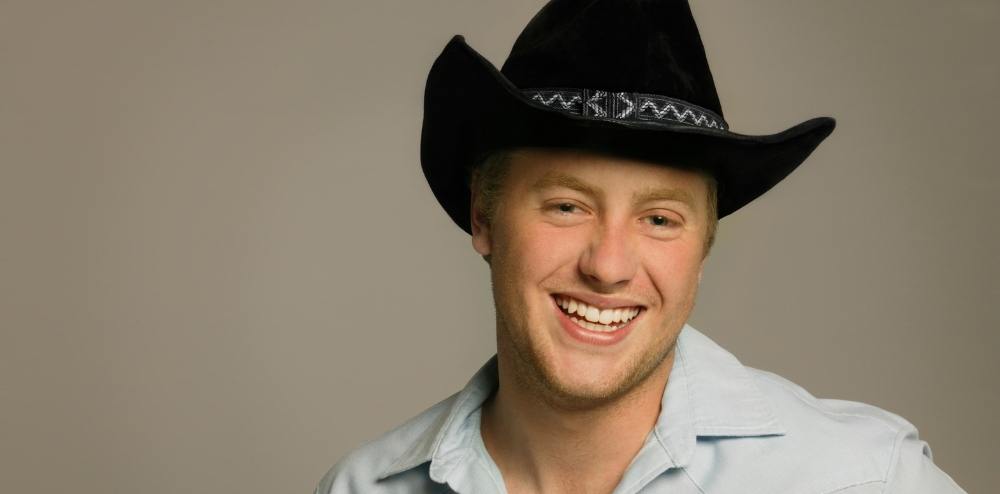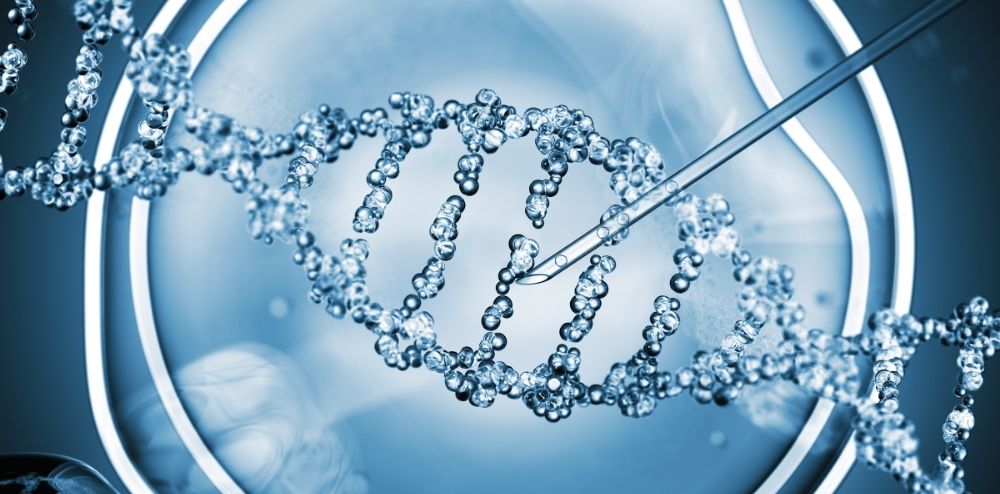Dry shampoo has become a popular go-to hair care product for many people, especially those with busy schedules. It’s convenient, easy to use, and can save time when it comes to washing and styling your hair. However, there have been concerns raised about whether dry shampoo can cause hair loss. In this article, we’ll separate fact from fiction and provide you with everything you need to know about using dry shampoo and its potential impact on hair loss.
Understanding Dry Shampoo
Dry shampoo is a powder-based product that absorbs oil, sweat, and dirt from the scalp and hair, leaving it feeling clean and refreshed. It’s an alternative to traditional shampoo that doesn’t require water, making it a great option for those who are short on time or prefer to wash their hair less frequently. However, it’s important to note that dry shampoo doesn’t actually clean your hair; it only masks the oil and dirt.
Hair Loss Causes
There are many factors that can contribute to hair loss, including genetics, age, hormonal changes, stress, medications, and medical conditions. Hair loss can also occur as a result of certain hairstyles or hair care practices, such as frequent heat styling, chemical treatments, tight braids, and over-brushing. It’s important to identify the underlying cause of hair loss to determine the most effective treatment approach.
Dry Shampoo and Hair Loss: What’s the Connection?
There’s no scientific evidence to suggest that dry shampoo causes hair loss. However, some people may experience hair breakage or thinning due to overuse or improper application of the product. It’s important to use dry shampoo in moderation and to follow the instructions carefully to avoid any potential damage to your hair.
Tips for Using Dry Shampoo Safely
If you choose to use dry shampoo, there are some tips you can follow to minimize the risk of hair breakage or thinning. These include:
- Don’t rely on dry shampoo as a replacement for regular shampoo and washing your hair with water.
- Apply the dry shampoo to the roots only, and avoid spraying it directly on the hair shaft.
- Use your fingertips to massage the dry shampoo into the scalp, and then brush or comb it through your hair.
- Avoid using dry shampoo every day, and limit use to no more than two days in a row.
- Wash your hair with water and regular shampoo at least once a week to remove any buildup from dry shampoo.
Other Causes of Hair Loss
While dry shampoo may not directly cause hair loss, there are other factors that can contribute to hair thinning and breakage. These include:
- Overstyling your hair with heat tools or chemical treatments.
- Wearing hairstyles that pull on the hair, such as tight braids or ponytails.
- Using harsh hair care products that contain sulfates or alcohol.
- Not getting enough nutrients in your diet, such as iron, zinc, and biotin.
- Underlying medical conditions or medications that can cause hair loss.
Preventing Hair Loss
To prevent hair loss, it’s important to take good care of your hair and scalp. This includes:
- Eating a balanced diet rich in vitamins and minerals that promote hair health.
- Avoiding harsh hair care products that can damage your hair.
- Limiting the use of heat tools and chemical treatments.
How to Use Dry Shampoo Safely
While it’s important to understand the potential risks of using dry shampoo, there are ways to use it safely without causing damage to your hair or scalp. Here are some tips to keep in mind:
- Use it sparingly: Avoid using dry shampoo every day or multiple times a day. Instead, use it only when you need to extend the time between washes or when you want to add volume and texture to your hair.
- Apply it correctly: Hold the canister at least six inches away from your scalp and spray lightly, focusing on the roots of your hair. Be sure to shake the canister well before using it.
- Massage it in: After applying the dry shampoo, use your fingertips to massage it into your scalp, making sure to distribute it evenly. This will help to remove any excess oil and product buildup.
- Brush it out: Once you’ve applied and massaged in the dry shampoo, use a brush to remove any excess product and to distribute it evenly throughout your hair.
- Avoid using it on wet hair: Dry shampoo is designed to be used on dry hair, so avoid using it on wet hair, which can cause clumping and matting.
- Choose a high-quality product: Look for a dry shampoo that’s free from harmful chemicals and contains ingredients that nourish and protect your hair, such as vitamin E, biotin, and keratin.
Conclusion
In conclusion, while dry shampoo can be a helpful tool for extending the time between washes and refreshing your hair, it’s important to use it safely and correctly to avoid any potential damage to your hair and scalp. While there isn’t sufficient evidence to suggest that dry shampoo directly causes hair loss, using it excessively or incorrectly can lead to clogged hair follicles, scalp irritation, and even breakage or thinning of the hair. If you’re concerned about hair loss or scalp issues, it’s always a good idea to consult with a hair loss specialist or dermatologist.
At Antalya Hair Transplant, we’re dedicated to helping our clients achieve healthy, full, and vibrant hair. Whether you’re experiencing hair loss or thinning, we offer a range of safe and effective hair restoration treatments, including hair transplant and beard transplant procedures. Contact us today to schedule a consultation and learn more about how we can help you achieve your hair goals.

